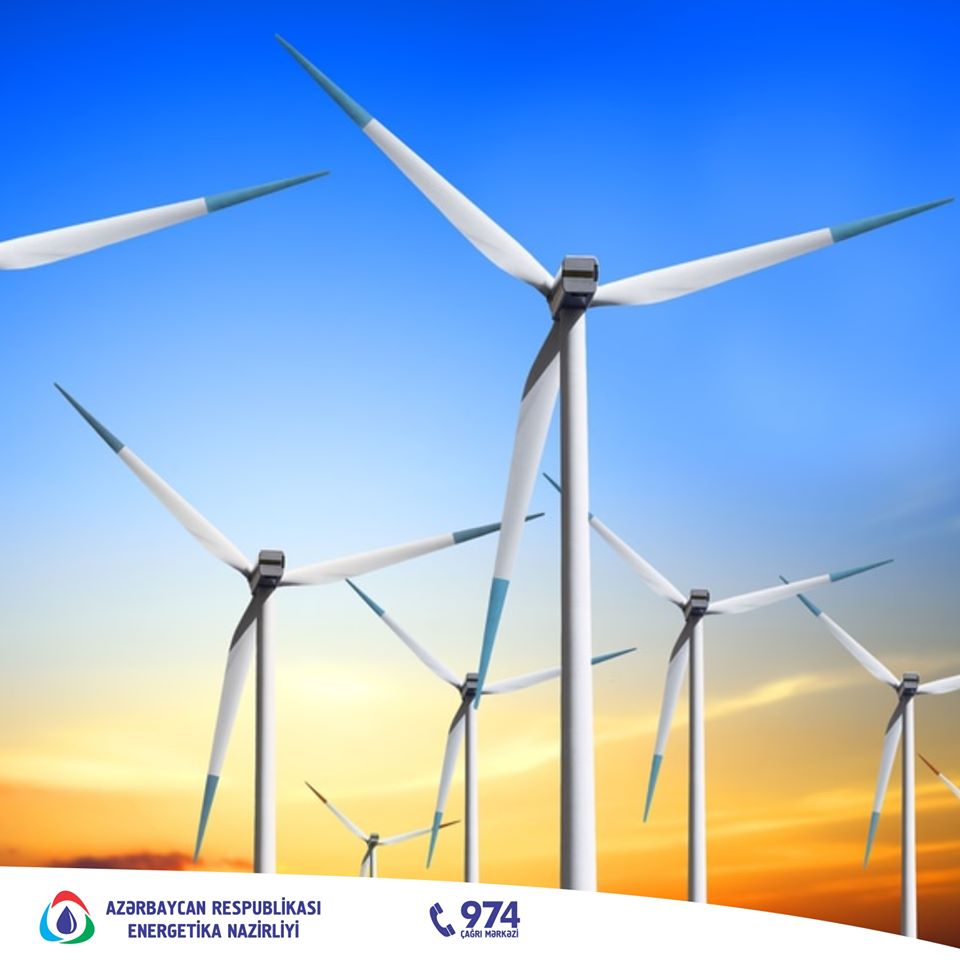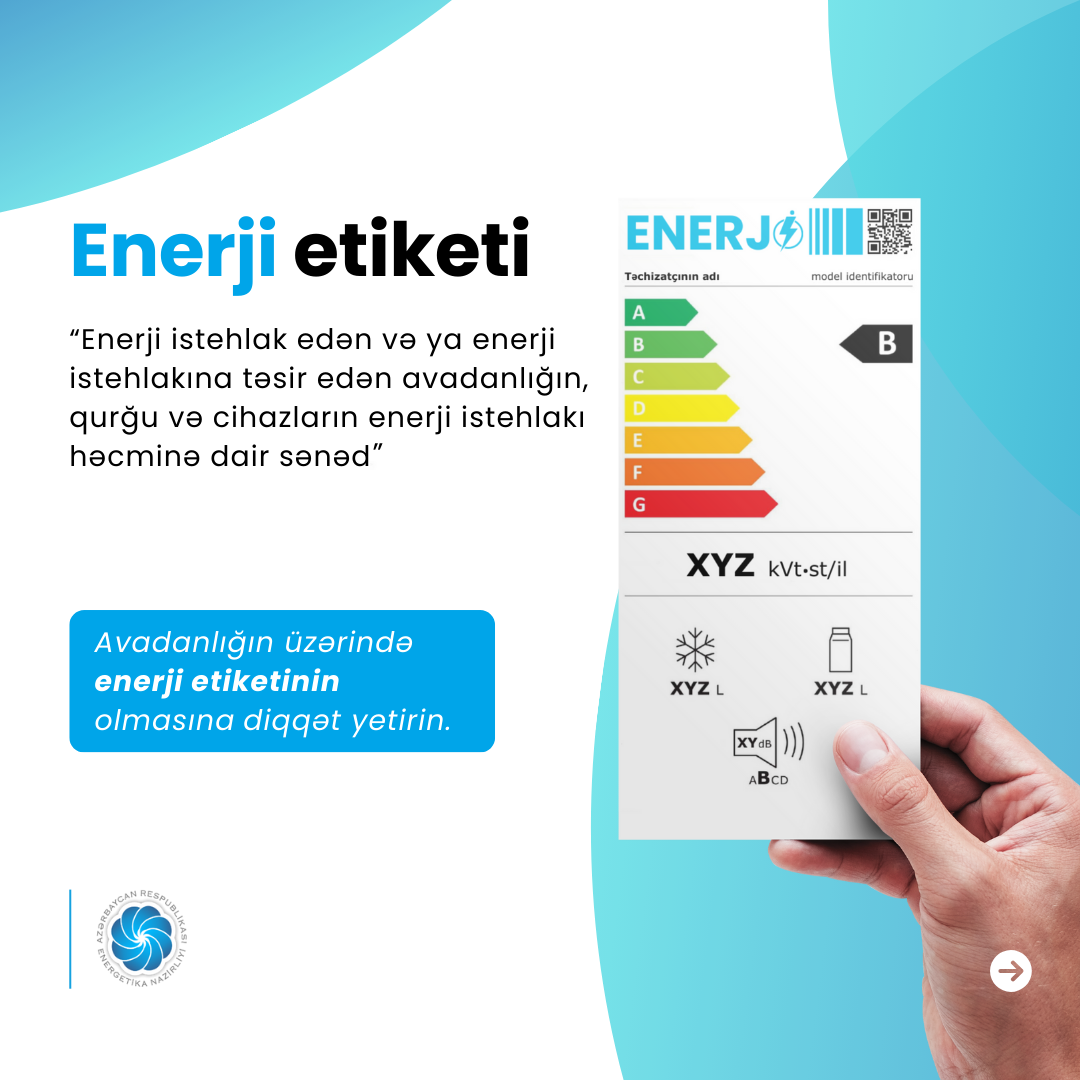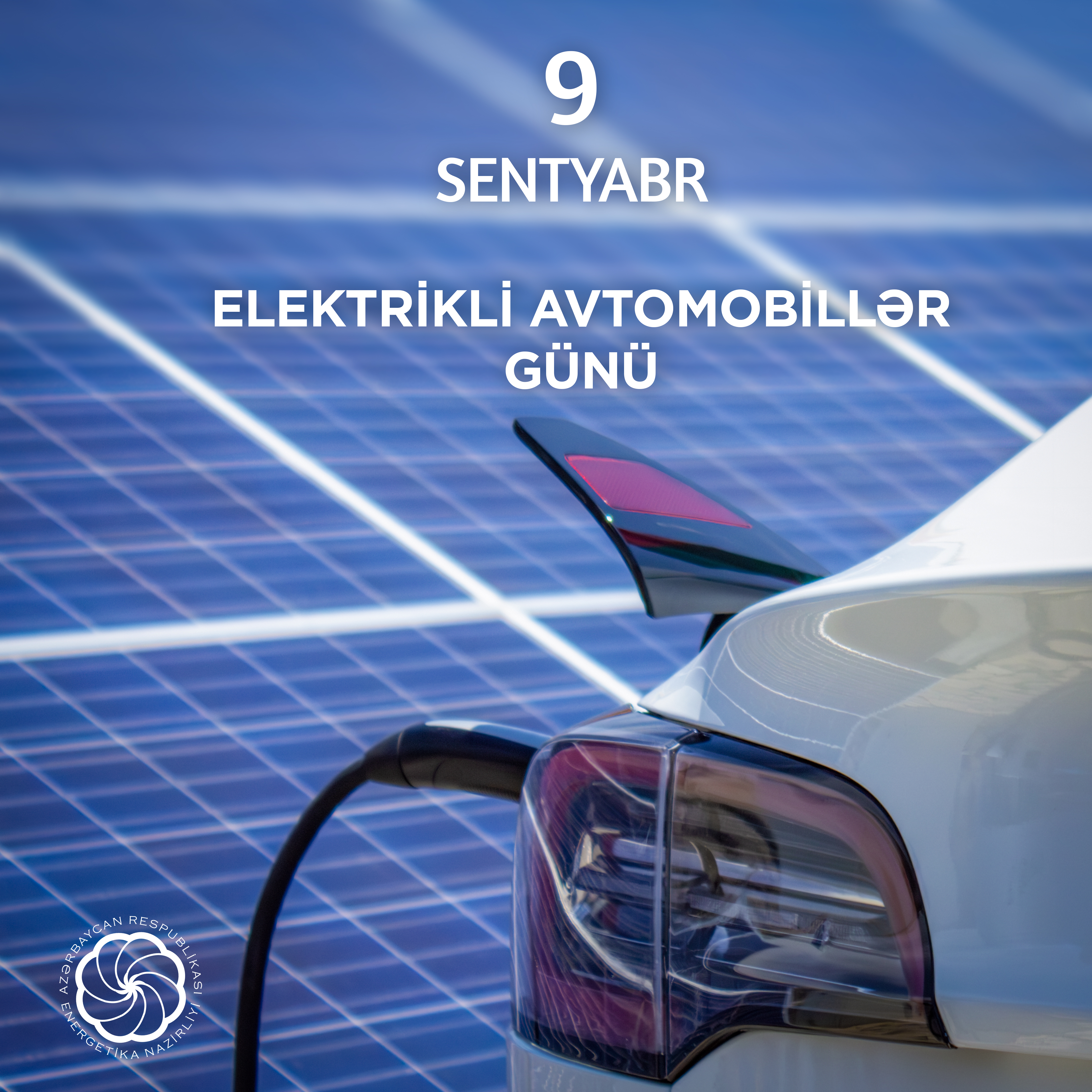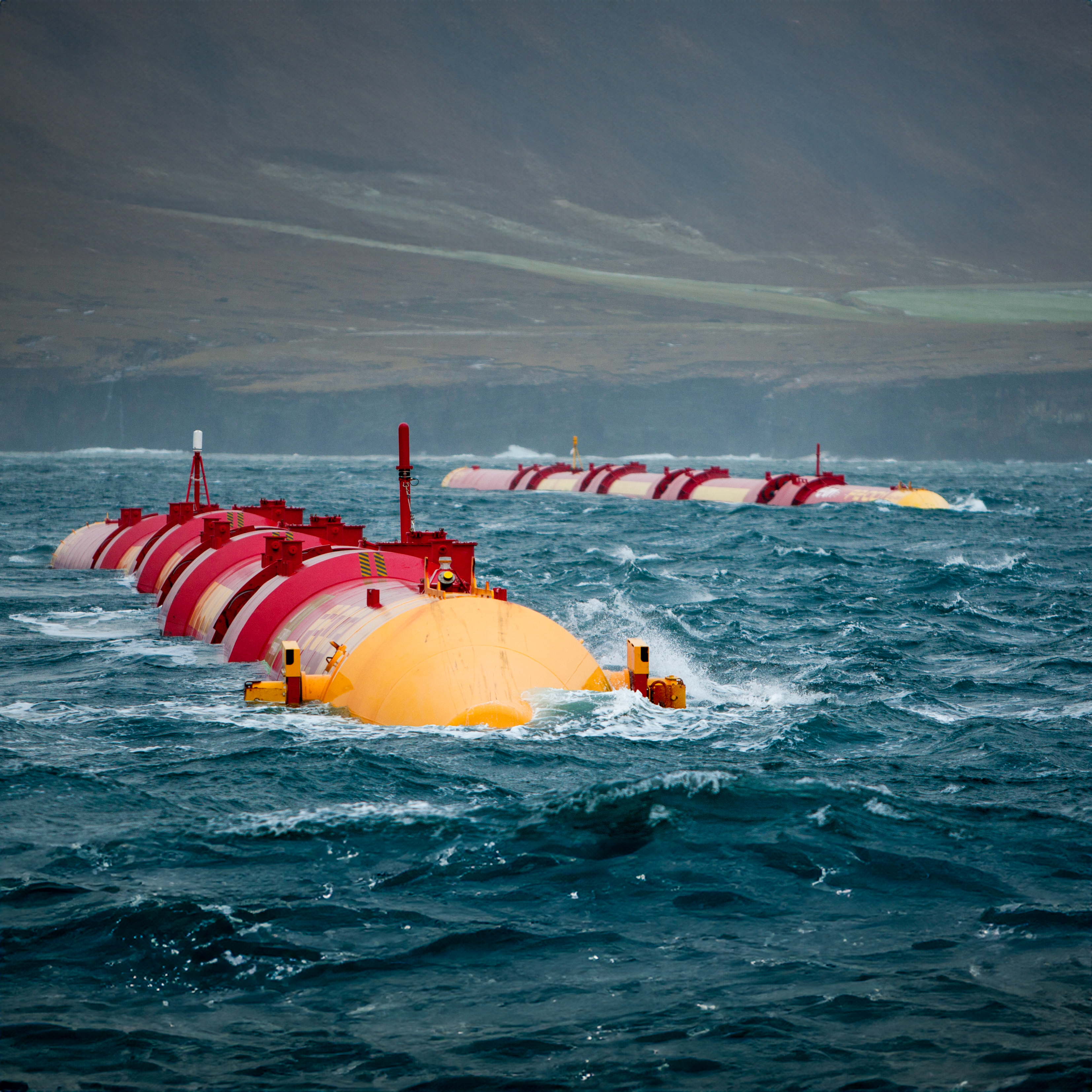- Main page
- Useful Information
Global wind power can meet 35% of energy demand by 2050
According to "Future of Wind” report published by International Renewable Energy Agency (IRENA), wind power capacity can reach 6 000 gigawatts – over 10 times the current level – by 2050. This would include 5 000 GW of onshore wind and 1 000 GW of offshore wind.
Wind power could cover more than one-third of global power needs (35%). This entails increasing the global cumulative installed capacity of onshore wind power more than threefold by 2030 (to 1 787 gigawatts (GW)) and nine-fold by 2050 (to 5 044 GW) compared to installed capacity in 2018 (542 GW). For offshore wind power, the global cumulative installed capacity would increase by 2030 (to 228 GW) and nearing 1 000 GW by 2050. To achieve these targets, annual capacity additions for onshore wind would increase four-fold, and for annual offshore wind capacity additions – around a ten-fold. This would imply increasing global average annual onshore wind power investments to 211 billion USD /year compared to investments USD 67 billion/year, and for average annual offshore wind investments to USD 100 billion/year compared to USD 19 billion/year. Wind power would contribute to 6.3 Gt of CO₂ emissions reductions annually.
According to the report, Asia would continue to dominate the onshore wind power industry, with 50% of global investments by 2050, followed by North America (23%) and Europe (10%). For offshore wind, Asia would have more than 60% of global investments by 2050, followed by Europe (22%) and North America (16%).
Globally, the LCOE for onshore wind will continue to fall from an average of USD 0.06 per kilowatt-hour (kWh) in 2018 to between USD 0.02 to 0.03/kWh by 2050. The LCOE of offshore wind would drop from an average of USD 0.13/kWh in 2018 to an average between USD 0.03 to 0.07/kWh by 2050.
The ongoing increase in wind turbine size for onshore applications is set to continue to 4 to 5 MW for turbines commissioned by 2025, and for offshore applications to 12 MW. It was estimated that the global wind industries would employ more than 3.7 million people by 2030 and more than 6 million people by 2050.








